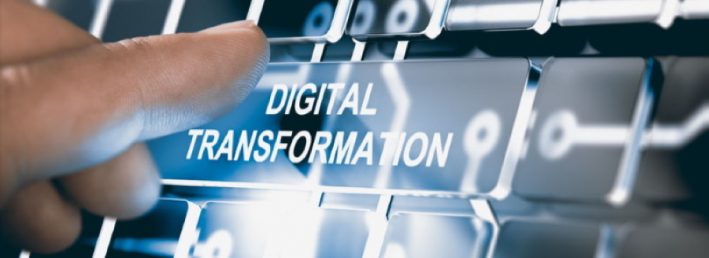It’s becoming more and more common nowadays to find that computerisation and digitalisation are pervading our urban areas. The possibilities of integrated, coordinated and interlinked domains and systems are plentiful. The result is tonnes of data on life in the urban ecosystem and with all of this actionable and contextual data, it is possible to act in real-time to different practices and processes in the urban domain.
Cities driven by data
Having a data-driven approach to urbanisation is becoming more and more popular as cities develop into sustainable and smart cities. We are at the dawn of a new technological era in which smart and sustainable cities will be driven by data.
How are we using smart, data-driven cities for sustainability?
Cities are becoming increasingly connected via their physical, social, economic and ICT infrastructure. Together, they are pooling their data to render become more efficient, sustainable, functional, equitable, liveable and resilient.
Simply put, how networks, domains and urban systems use digital technology is providing huge amounts of data that can reflect how people use infrastructures and urban spaces in real-time. They have become assets that can help them to steer themselves into being smarter and more sustainable cities.
People leave digital footprints almost everywhere they go – both involuntarily and voluntarily. When the data is cross-referenced with other information like geographical, spatial and temporal contexts, it can help the city respond to information in real-time. Data is generated not just by individuals but by urban entities like authorities, enterprises, organizations, institutions, functions, policies and strategies.
What potential is there?
There are so many ways in which cities can collect and use data. Some examples are:
- GPS (Global Positioning Systems) on people and vehicles
- Passenger travel tickets that are smart and can trace people and journeys
- RFID labels attached to people and objects
- Sensor data that is generated by actuators and sensors embedded into environments or objects
- Devices that communicate and record how they have been used
- Trace data left when goods are purchased
- Click data that records how citizens navigate through apps or websites
- AMR (Automatic Meter Reading) that communicates automatically to utility companies
- Scanning of passports, travel permits and parcel barcodes
- The Internet of Things and machine interactions – things like automatic lights, heat systems, doors, washing machines, Wi-Fi routers and security
- Monitoring transponders that look at vehicle floor, car park spaces, toll booths and bus or train route tracking.
Are there any existing examples?
It’s always best to look at cities that are expanding to see how new smart systems are being incorporated. One such example is Milton Keynes. This city has seen its population rise very quickly and it is expected to increase to more than 300,000 in the next 5 years.
Because of this increase in demand, Milton Keynes infrastructure is under a lot of strain and the city needs to find different ways to support this growth while being sustainable and while meeting targets to reduce its carbon footprint.
MK: Smart is an initiative that is a state-of-the-art hub for data. The MK Data Hub allows the city to bring together the whole smart ecosystem on a single platform. This includes service provides like water and energy companies, government, sensor network providers, developers, data providers and end-users.
There is a plethora of data available such as sensor data (waste bin information, traffic flow) that is pulled into the MK Data Hub. This can then be accessed and used by developers to create new smart applications. It also means that government departments can create reports on the data to analyse the efficiency of certain resources, for example.
The Internet of Things
One of the most important aspects of data-driven technology in the urban environment is the IoT (internet of things). This has great potential for the advancement of sustainability. It means that objects could be able to communicate with each other and with those who needed the data. Simply put, it means that devices and smart objects will be connected to their environments and to people and be connected via the internet. The Internet of Things continues to evolve and incorporates all sorts of everyday items like bridges, railways, roads, people, street lights, water systems, distribution networks, energy systems, appliances, vehicles, machinery and the air.
A sustainable and smart city would rely on masses of instruments connected via a multitude of networks that are augmented with intelligence. This would coordinate and provide data continuously in real-time and would provide opportunities to make informed decisions about the city and its social forms, physical forms, economy and environment.
When faced with an escalating scale and rate of urbanisation, it’s important to develop new urban environments but also consider how we can best use informational assets and existing infrastructure. The IoT is already used to a large extent in a variety of ways without many obstacles (in terms of engineering) in its way.
Concluding thoughts
Data and technology are most definitely enriching our cities and how they function for their inhabitants. They also mean that there are lots of new and unique opportunities to make informed decisions with all the available data. There is, undoubtedly, going to be a dark side to these technological developments but that remains to be seen so far. It’s fair to say that data-driven technology can address and overcome lots of the complex challenges and pressing issues relating to urbanisation and sustainability.


